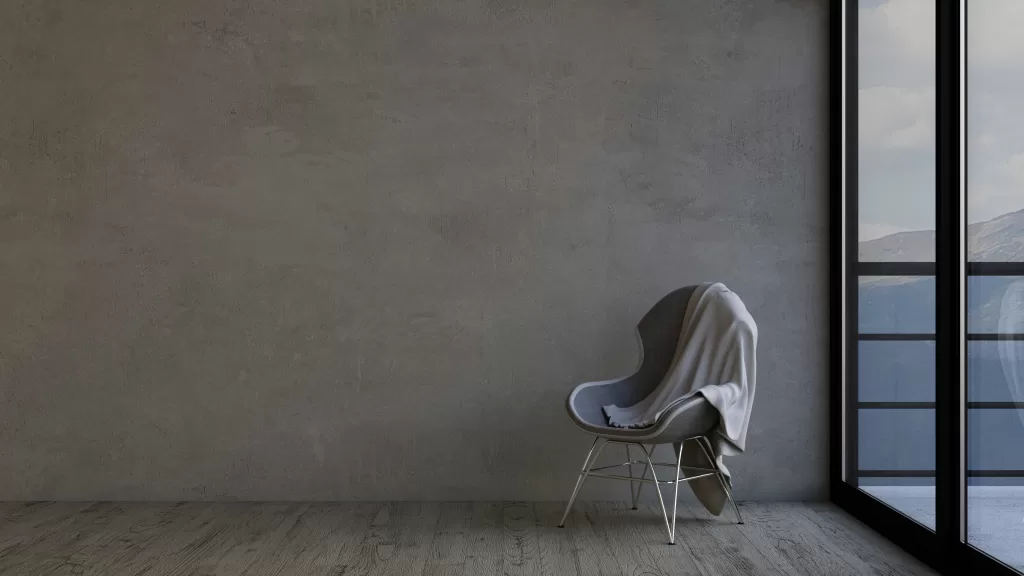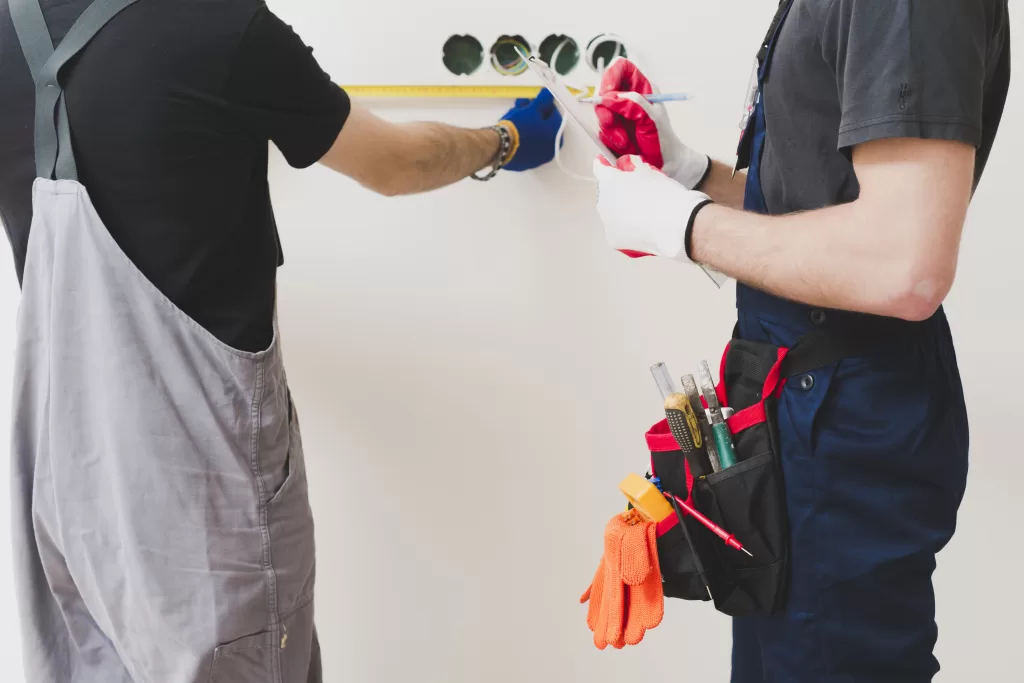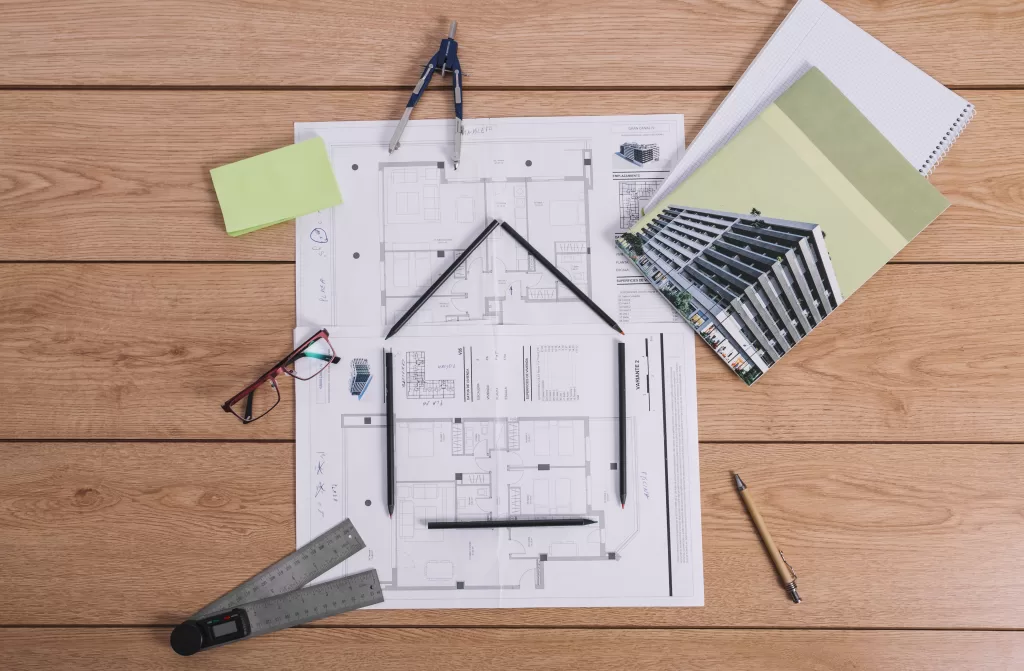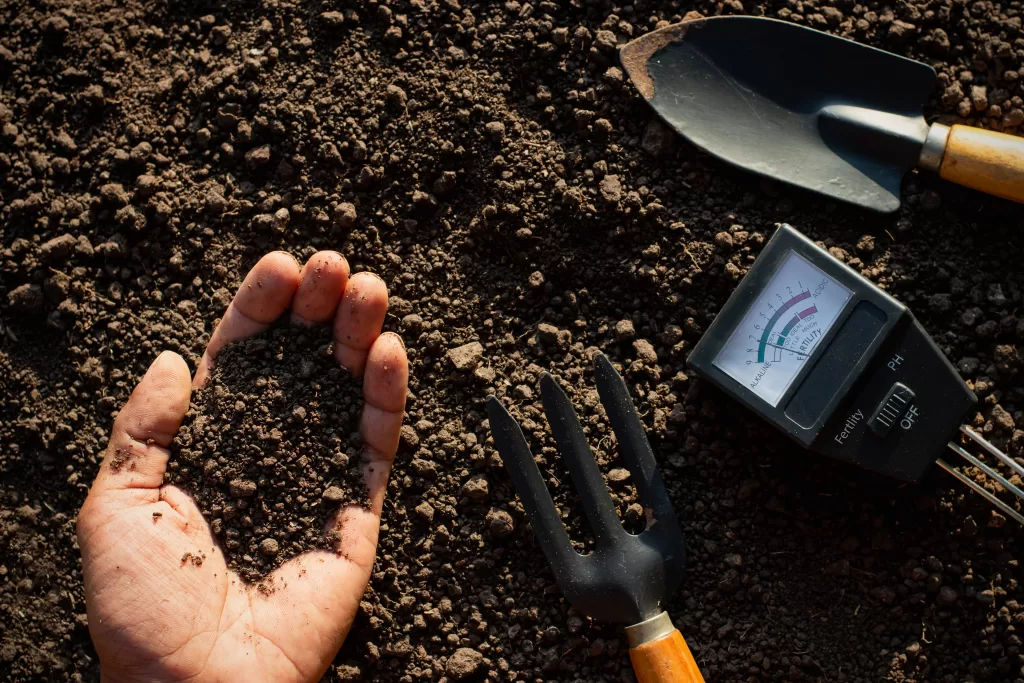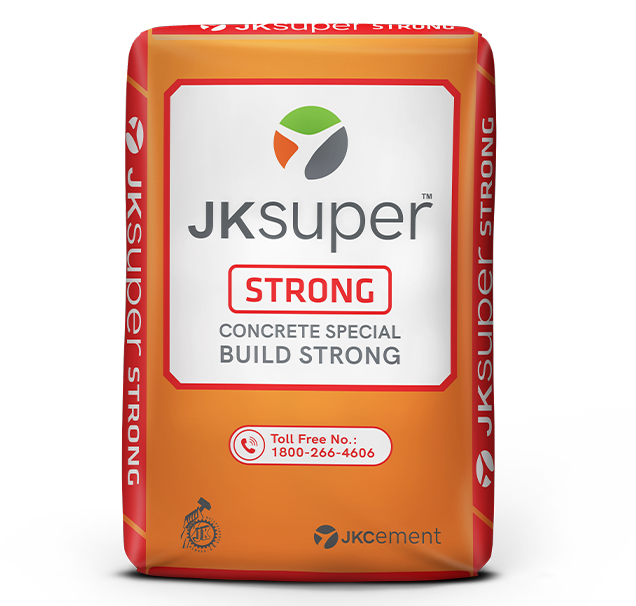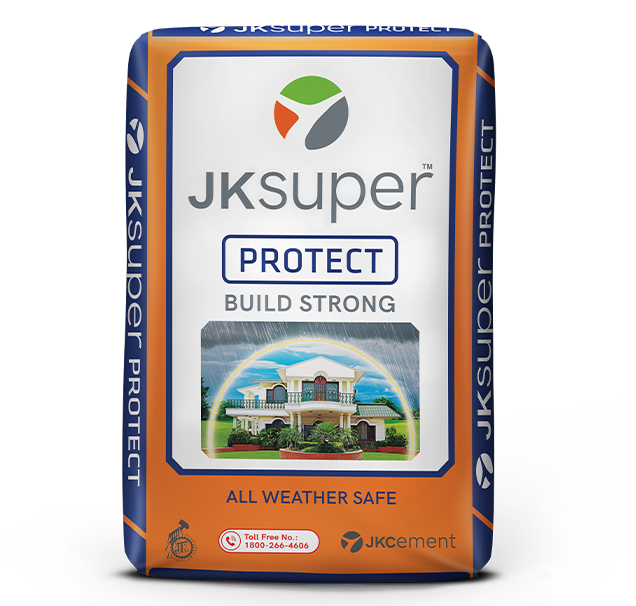During construction, your house walls are typically made up of bricks or concrete slabs. These surfaces tend to be rough and uneven. Making these surfaces even protects not only the structure but also the occupants. Plastering is used to smoothen the wall surfaces, both internal and external. In this article, you can get information specifically about internal wall plastering and its thickness.
What is Internal Wall Plastering?
Internal wall plastering refers to the process of applying a layer of plaster to the inside walls of a building. This process usually involves a single layer of plaster that is approximately 12.5 mm thick. The end goal is to achieve a good quality finish.
The plaster serves multiple purposes like enhancing the wall’s appearance and improving thermal performance. Additionally, plaster also resists erosion, thus ensuring that the wall is resistant to moisture and effectively bonded.
What is Plastering Thickness for Internal Walls
Per the Indian Standard 1661, the following is the thickness required for internal walls:
| No. of coats of plaster | Thickness |
| Single coat plaster (both internal and external) | 10 to 15 mm |
| Two coat plaster | |
| Backing coat | 10 to 12 mm |
| Finishing coat | 3 to 8 mm |
| Three coat plaster (for very rough surface) | |
| Base coat | 10 to 15 mm |
| Second coat | 3 to 8 mm |
| Finishing coat | 3 to 5 mm |
When deciding between thick or thin plastering, there are several points to weigh. Usually, thicker plaster is used on uneven walls and to cover large wrinkles. Thin plastering, on the other hand, is used to achieve a smoother finish and display the features of the wall beneath. Nonetheless, even with thin plastering, it should not be less than 6 mm to ensure its durability and strength.
Plastering Process
The plastering process involves a few stages, which include ‘Dubbing Out’ meaning the act of filling voids, cracks or hollow spaces present in the solid wall before plaster application. Subsequently, the finishing coat is applied to cover the total area and present a visually pleasing outer layer.
Some common defects can occur in plastering, such as lack of bond with the backing, cracking, crazing of the surface and discolouration, which can be a result of unsuitable mix composition, inadequate workmanship or poor material quality. These defects need to be reduced to achieve an optimal finish.
In addition to the correct application technique, the choice of appropriate tools is also essential for a good plaster job. Tools like the Gauging Trowel and Floats are commonly used for gauging small quantities of materials, applying plaster and spreading the mortar on the wall surface respectively.
Lastly, proper plastering ensures an aesthetic appeal and requires less maintenance, making it a crucial part of wall construction and renovation.
Factors Affecting Internal Plaster Thickness
You can determine the proper internal plaster thickness often based on a variety of factors. This includes the following.
- Type of material on the wall,
- Type of finish desired,
- Condition of the existing wall and
- Decorative elements (if added any).
Kinds of Wall Materials
When it comes to wall materials, brick, concrete and block are commonly used. Each requires a certain thickness of plaster to achieve a smooth and strong finish.
Brick
Although the minimum thickness over any portion of the surface should not be less than 15 mm, the average thickness of the plaster should not be less than 20 mm.
Concrete
With concrete, the plastering is usually done in two layers. The first layer is about 10 mm to 12.5 mm thick, depending upon the overall thickness, and the final layer is of 6 mm thickness.
Block
The plaster thickness for blockwork is similar to that of concrete.
Tips for a High-Quality Plaster Finish
- The application of a uniform layer of plaster requires a skilled hand.
- It is necessary to ensure that you apply the base coat evenly and then roughen it with a wooden float to hold the bond for the finishing coat.
- You should start curing the plastered surface at least 24 hours after its application, with continued care for up to 7 days depending on climatic conditions.
- The base coat must be damp-cured for at least seven days and then allowed to dry thoroughly.
- For the finishing coat, you should avoid joints and apply in one operation.
In conclusion, plastering is indeed a blend of science and art, requiring both skill and an understanding of the materials at your disposal. When done correctly, it can significantly enhance your building’s aesthetics, prolonged existence and overall performance. Your understanding and careful application of the plastering process are key players in transforming walls into lasting pieces of art.
At JK Cement, you get the benefits of superior-grade cement that meets all your plastering needs.
FAQs
What is the standard thickness for internal wall plastering?
Typically, the standard thickness for internal wall plastering is around 12 mm. However, this can vary based on factors like the type of material used for the wall and the desired finish. A lime plaster, for instance, can be from 12 mm, 15 mm or 18 mm thick.
How does the thickness of plastering affect the overall strength of the wall?
The thickness of the plastering directly affects the wall’s overall strength. A well-applied plastering layer enhances the wall’s durability, thus reducing the chances of cracks and other damages over time.
Can I use a thinner plastering thickness for aesthetic purposes?
Yes, you can. A thinner plaster can be used to achieve a smooth finish. This helps to elegantly display the attributes of the wall underneath. However, it is key to remember that the plastering thickness should never compromise the structural integrity of the wall.
Are there any building code requirements for plastering thickness?
Yes, building codes usually provide guidelines on plastering thickness to ensure structural safety and durability. These codes may vary from region to region, so it’s crucial to check the specifics directed by your local building regulations.
Can I apply a thicker plastering layer for better sound insulation?
Indeed, applying a thicker plaster layer can help enhance sound insulation due to its density blocking sound waves more effectively. To further improve this, you could consider using special types of plaster designed for acoustic insulation. But it’s also worthwhile to remember that maximising plaster thickness might bring other risks such as the development of cracks due to shrinkage.

